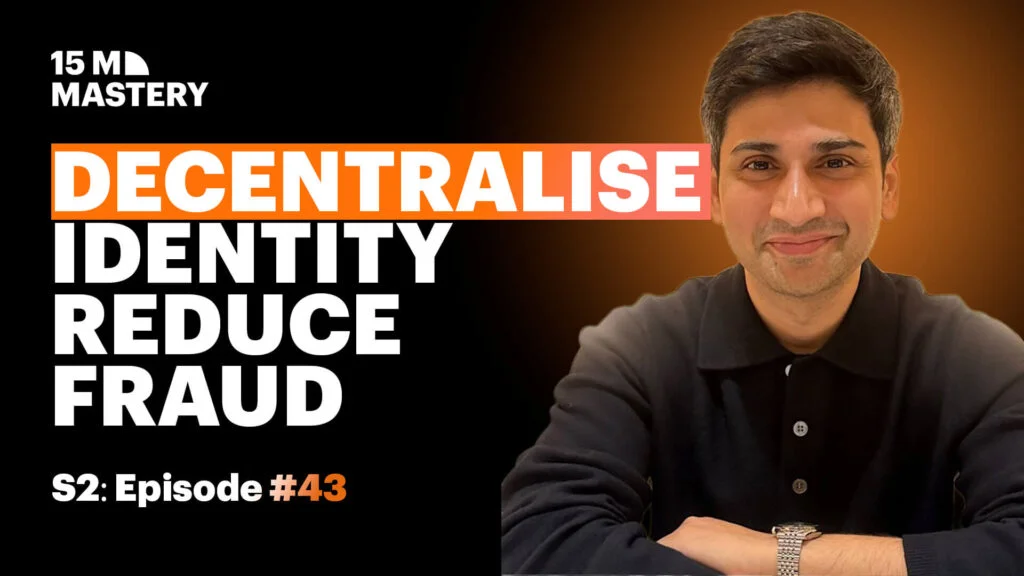Rethinking Payments: How Self-Custodial Wallets Can Unlock New Growth in iGaming
According to Mitul Manish, co-founder and Chief Product & Technology Officer at Open Wallet, there’s a better way. By using self-custodial crypto wallets and blockchain rails, operators can remove friction, reduce costs, and reach players in markets where banking systems fail.
Where the Real Friction Happens
In most cross-border transactions, users are at the mercy of banks with no direct ties to each other. That’s where delays, and fees, start to pile up.
“If you live in Nigeria and want to send money abroad, you could have three or four intermediary banks involved,” Manish explains. “Each one adds a fee. Each one adds a delay. On average, users end up paying 6–7% in costs.”
And because users are locked into their local bank’s capabilities, they often have no choice but to accept this outdated setup. Predictability, transparency, and speed are rarely guaranteed.
How Self-Custodial Wallets Can Help
In a self-custodial wallet model, users own and control their funds. When paired with licensed virtual asset service providers (VASPs), these wallets enable fast, cross-border transactions, without touching the legacy SWIFT system.
“You download a wallet like Open Wallet or MetaMask, and you’re in,” Manish says. “Then a VASP can convert your crypto to local fiat on the other end. So your stablecoin becomes pesos, or euros, or dollars, without touching the old payment rails.”
Because blockchain settlements happen in minutes rather than days, and fees are often a fraction of traditional costs, this model creates a faster, more transparent experience. It also removes chargebacks and provides finality for operators and players alike.
Faster Registration, Faster Deposits
Today’s registration journeys are often where operators lose players. Lengthy forms, social logins, and KYC requests all add friction.
Self-custodial wallets offer an alternative. Using protocols like WalletConnect, a player can scan a QR code to connect their wallet, and that becomes their identity.
“You prove wallet ownership with a signature,” Manish explains. “No forms, no passwords. The platform can still ask for more info later, but that initial drop-off point is eliminated.”
Every transaction from then on is controlled by the user and signed securely, providing a much smoother deposit flow from registration to first bet.
Building Loyalty Through Control
One of the most powerful features of self-custodial payments is what happens after the win. Traditionally, winnings sit with the operator until manually withdrawn. That delay introduces risk, for the player and the business.
“We’ve seen that players always withdraw immediately after a win,” says Manish. “So why not automate it? Let the system send the winnings straight back to the wallet.”
This removes the need for operators to act as custodians, reducing compliance risk, balance sheet exposure, and operational overhead. It also gives players instant access to their funds, which builds long-term trust.
From Wallet to Real-World Use
Open Wallet is exploring additional retention tools built around real value, not speculative tokens.
“We’re working on a self-custodial debit card,” Manish reveals. “So the moment winnings hit the wallet, players can spend them in the real world.”
They’re also looking at integrating rewards systems that distribute Bitcoin over Layer 2 protocols, choosing assets with lasting value over volatile tokens that quickly depreciate.
One Small Step to Start
For operators interested in exploring crypto onboarding, the entry point is simpler than it sounds.
“Start by offering both options side by side, Web2 logins and Web3 wallets,” says Manish. “Let users choose.”
From there, connected wallets unlock two-way flows: users can deposit, withdraw, sign actions securely, and build a smoother, faster relationship with the platform.


